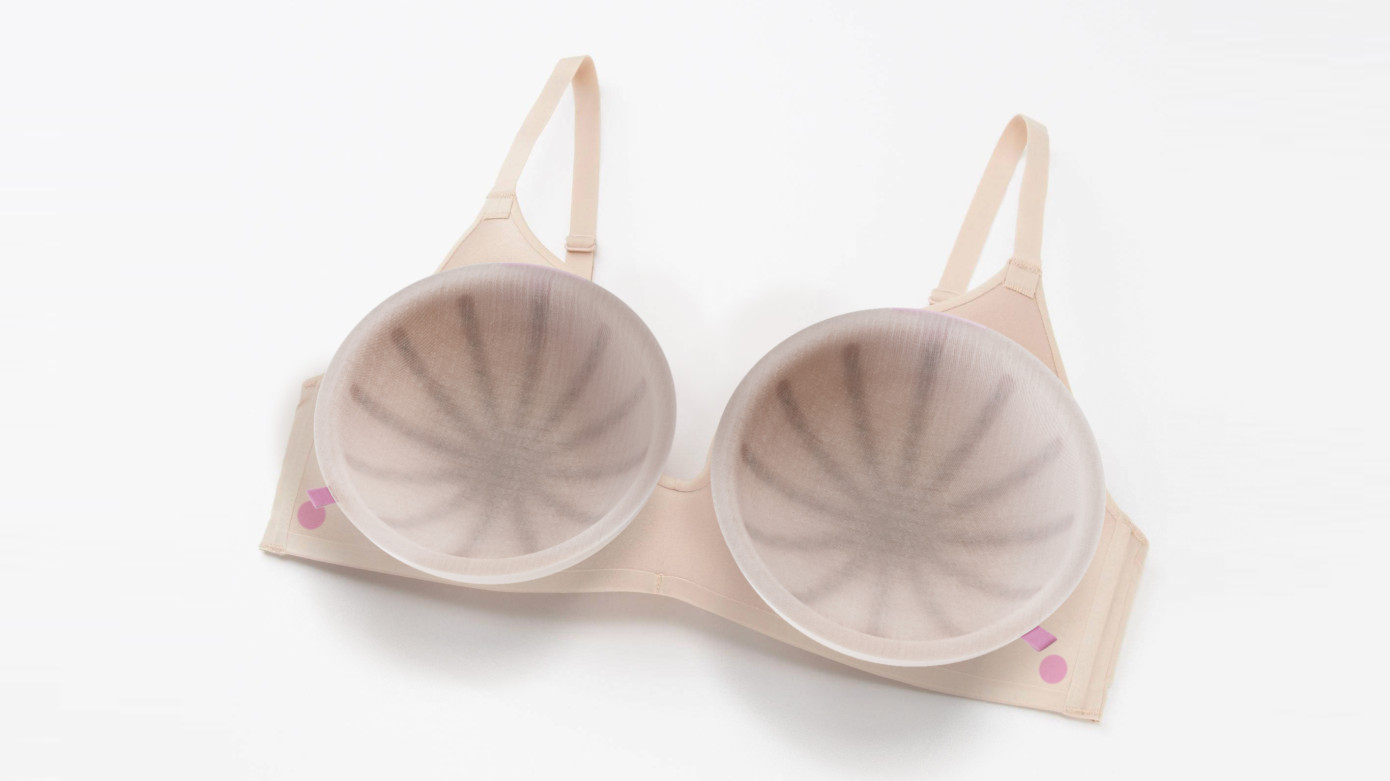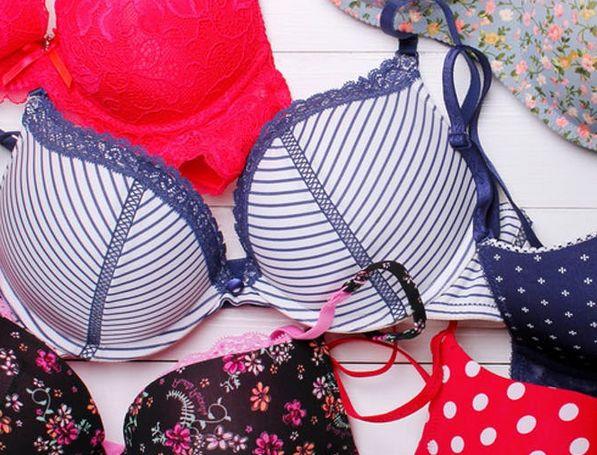Los Angeles-based singer Kablito (aka Karen Freire) recently released her first EP Telenovela, whose fluent voice was influenced by the formation of her local R&B radio station in Minneapolis, the prince Home, Jimmy Jam, and New Jacksville – because this is her dramatic soap opera that grew up in Guayaquil, Ecuador.
Her EP title is another reference for her dynamic growth. “I think telenovelas is my home,” she said. “There is this one, Rebelde, I have seen that there may be three or four times in my life. It is really cheesy, a bit bad, but it is it. I like it very much. I just want to write a love pop album, I I just felt these feelings from the TV drama and interpersonal experience I watched and put them together to tell a story. “The resulting collection of six songs is played in various ways around the home.
Cabrito said that when she moved from Ecuador to São Paulo when she was 14, she did not realize that her mother was pregnant and that they were relocating, so she could marry a man from Minnesota – a real-world TV series. “I thought we were going to travel to Disneyland, and then I knew the next thing, we live there,” she said.
There, Kablito grew up in typical Latin pop music like Shakira, but she explained that if she didn’t leave the Midwest, she wouldn’t sing in Spanish like Telenovela. “At the school in Minneapolis, I am the only person of color. I feel that it is really strange to express myself. I will sing in Spanish here and there, but I think singing in Spanish is all white. The crowd,” she said. It wasn’t until she moved to New York for a short time, and then when she moved to her current home in Los Angeles, she began to sing in her native language. “It feels natural now,” she said.
“I always wanted to be a Latin artist living in the United States… In my life, I have the same artist to look up.” Although she still admires artists like Shakira, Kablito admits that she feels that Latin music is expanding. – Now, a young artist like Catalan singer Rosalía (a Kablito’s favorite pushes the genre by blending flamenco with traps and other unconventional voices. “I think it is an excitement to be a Latin artist. “The moment of the heart,” Cabrito said. “It’s cool that a generation of artists are talking to me more and more now – I want to be one of those people.”
Kablito’s style was also influenced by the Queen of the R&B in the 1990s, and her voice was broadcast from her local Minneapolis radio. She brought a self-described boyish temperament to the R&B baby girl aesthetics of the 1890s, which was once condensed by Aaliyah and TLC.
One of the examples in the album’s outstanding “Mentiras” music video is Kablito’s white trousers in front of the hummer, shredded on her lap, black patent leather boots and white corset showing a pink pink lace bra. The sea bubble green gloves are finished. “As I get older, I feel more and more feminine, but every day I am embarrassed,” she said.
Kablito has always liked sports, loose items – she listed brands such as Y / Project as style references, even though their clothing is currently out of her price range. “Even when I was young, I didn’t want to wear sandals or dresses – I always wanted to wear loose clothes and sneakers,” she said. She will piece together the appearance of her own Y/Project in the thrift store and the rest of the army: she shines with second-hand pants on the stage and some shiny 3M tape, she even makes prayer candles for Mexico 3M scrunchies – replace the usual religious images with old telenovela scenes.
“The older I get, the more I want to find a feminine mixture, but I also want to wear whatever I want on my own skin,” she said. Kablito may still figure it out, but the process is by no means messy – she always seems to wear the things that make her feel most relaxed, and that’s where the charm lies.


